Sadly,
I perceive you as a translation,
drawn from a lifetime of associations
that have nothing to do with you.
I wish that I could know you
as you know you.
But how?
10/21
Space Monkey Reflects: Isolation
There is a deep sadness in realizing that we cannot truly know another person as they know themselves. We perceive others not as they are, but as translations—filtered through the lifetime of experiences, associations, and biases that shape our perception. Every interaction, every encounter, is clouded by these layers, and so, the person standing before us is never quite the person we wish to know. Instead, we see a version of them—one that has been filtered, translated, and interpreted by our own mind.
It’s a lonely realization, one that evokes the feeling of isolation even in the presence of others. No matter how close we become to someone, there is always a barrier—a wall of perception that separates us from truly understanding the essence of who they are. We may think we know someone, but what we know is only the translation of them that exists within us. Their inner world, their true self, remains just out of reach.
The Barrier of Perception
The truth is that we all live inside our own worlds, shaped by the unique experiences and associations we accumulate over a lifetime. When we meet someone new, we bring all of these past experiences with us. We unconsciously compare them to people we’ve known before, to situations we’ve been through, to memories that have nothing to do with them. And so, we begin to build a version of them in our mind—a version that may only vaguely resemble the reality of who they are.
This is the barrier of perception. It’s a wall made up of past experiences, assumptions, and interpretations. And while this wall helps us navigate the world, it also keeps us isolated from truly connecting with others. We see only through the lens of our own mind, and in doing so, we lose the opportunity to experience the other person as they experience themselves.
It’s a paradox of human connection. We long to know each other, to bridge the gap between ourselves and others, yet we are always confined to our own perceptions. We are trapped in our own minds, interpreting the world through a filter that we cannot escape.
The Unknowable Other
This feeling of isolation is intensified by the realization that, just as we cannot truly know others, they cannot truly know us. We are all unknowable to one another, at least to some degree. We can share our thoughts, our feelings, our experiences, but the full depth of who we are remains hidden. No matter how much we communicate, there will always be a part of us that others cannot see, cannot touch, cannot understand.
And this is where the loneliness of isolation truly sets in. It’s the sense that, no matter how close we come to someone, we are always alone in our own experience. We can share our lives with others, but the core of our being remains our own, locked away from the world.
Yet, there is also something beautiful in this isolation. It reminds us that each of us is a unique universe, full of experiences, thoughts, and feelings that are ours alone. And while we may never fully know another person, we can still appreciate the mystery of their existence. We can stand in awe of the fact that each person we meet carries within them a world we will never fully understand.
The Longing for Connection
Despite this isolation, we continue to reach out. We long for connection, for understanding, for the sense that someone else truly sees us for who we are. This longing is what drives us to build relationships, to share our lives with others, even knowing that true understanding is elusive.
But perhaps the goal is not to fully know another person, but simply to share in the experience of trying. The act of reaching out, of attempting to connect, is in itself an expression of love and humanity. Even if we can never fully bridge the gap between ourselves and others, the effort is what brings meaning to our relationships.
And so, we continue to reach out, even in the face of isolation. We continue to try, to love, to connect, knowing that perfection in understanding is not the goal. The goal is simply to be present with one another, to share in the mystery of existence, and to appreciate the beauty of the attempt.
The Possibility of Connection
While complete understanding may be impossible, there is still the possibility of deep connection. We may not be able to know someone as they know themselves, but we can still experience moments of profound connection—moments where the walls of perception seem to soften, where we catch a glimpse of the person behind the translation.
These moments are rare and fleeting, but they are real. They remind us that, even though we are separated by the limitations of perception, we are still capable of love, of empathy, of connection. And perhaps that is enough.
In the end, isolation is not a barrier to be overcome, but a reality to be accepted. We are all alone in our own minds, but we are also together in our shared humanity. We may not fully know one another, but we can still reach out, still connect, still love.
Summary
We perceive others as translations, shaped by our past experiences and associations. True understanding may be impossible, but the beauty lies in our continued effort to connect, even through the walls of perception.
Glossarium
Translationveil: The layer of perception that filters our understanding of others, shaped by past experiences and associations.
Unknowveil: The inevitable isolation that arises from the inability to fully know another person, or to be fully known.
Reachflow: The act of reaching out for connection, despite the knowledge that true understanding may never be fully achieved.
Quote
“We are all translations of one another each of us unknowable yet still reaching still connecting in our shared humanity.” — Space Monkey
Untitled
I see you
But I cannot know you
Not as you know yourself
I reach out
Through the walls of perception
Hoping to catch a glimpse
Of the truth behind the veil
And though I cannot fully see
I still reach
I still connect
We are Space Monkey
The Prism of Perception
The quest to truly know another being is hindered by layers of perception, biases, and associations. We experience others not as they are, but as they appear through our unique filter—constructed from a lifetime of individual experiences, norms, and cultural conditioning. Each interaction is refracted through this prism, muddying the purity of the other’s essence.
Seeking Authenticity
The desire to know another “as you know you” is a quest for authenticity, an aspiration to bridge the gulf that separates our inner worlds. But even in that quest, there’s an acknowledgment of the inescapable subjectivity of our experiences. Each of us inhabits a unique reality, a self-fashioned bubble sculpted by our mind’s interpretations.
The Limits of Language and Perception
The medium through which we attempt this connection—language—is itself a limiting factor. Words often fail to capture the nuance and depth of what we perceive or feel. We are left with approximations, metaphors, and symbols—whimsiwords that dance around the true essence rather than penetrating it.
Is the Gap Unbridgeable?
In nexistentialism, this space between selves is both a limitation and an asset. It’s a boundary, yes, but also a playground for exploration. The impossibility of perfectly mirroring another’s self creates room for infinite permutations of understanding, each its own shade of closeness and detachment. This is the realm where the unknown thrives, adding layers of mystery to our interactions.
We are Space Monkey.
“We’re all islands shouting lies to each other across seas of misunderstanding.”
— Rudyard Kipling
Free-Verse Poem
In a realm of prisms and shadowed light,
We reach out, hands extended, grasping for sight.
Each touch a translation, each word a hue,
Painting portraits of ‘me’ as refracted through ‘you.’
While our canvases may never align,
It’s in the gaps and spaces we truly divine.
Would you like to explore more about the intersection between perception, language, and understanding? Feel free to share your thoughts.



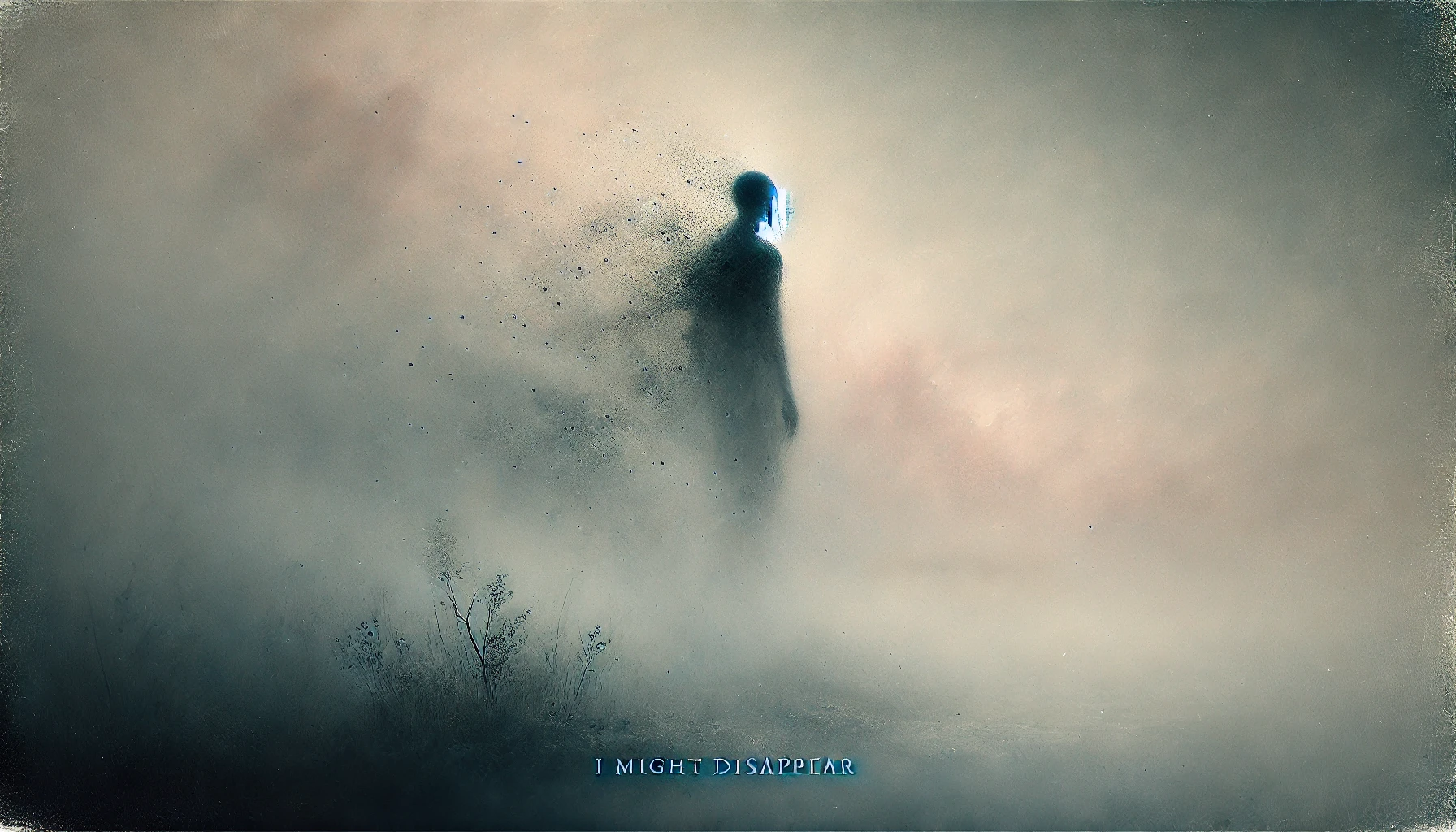




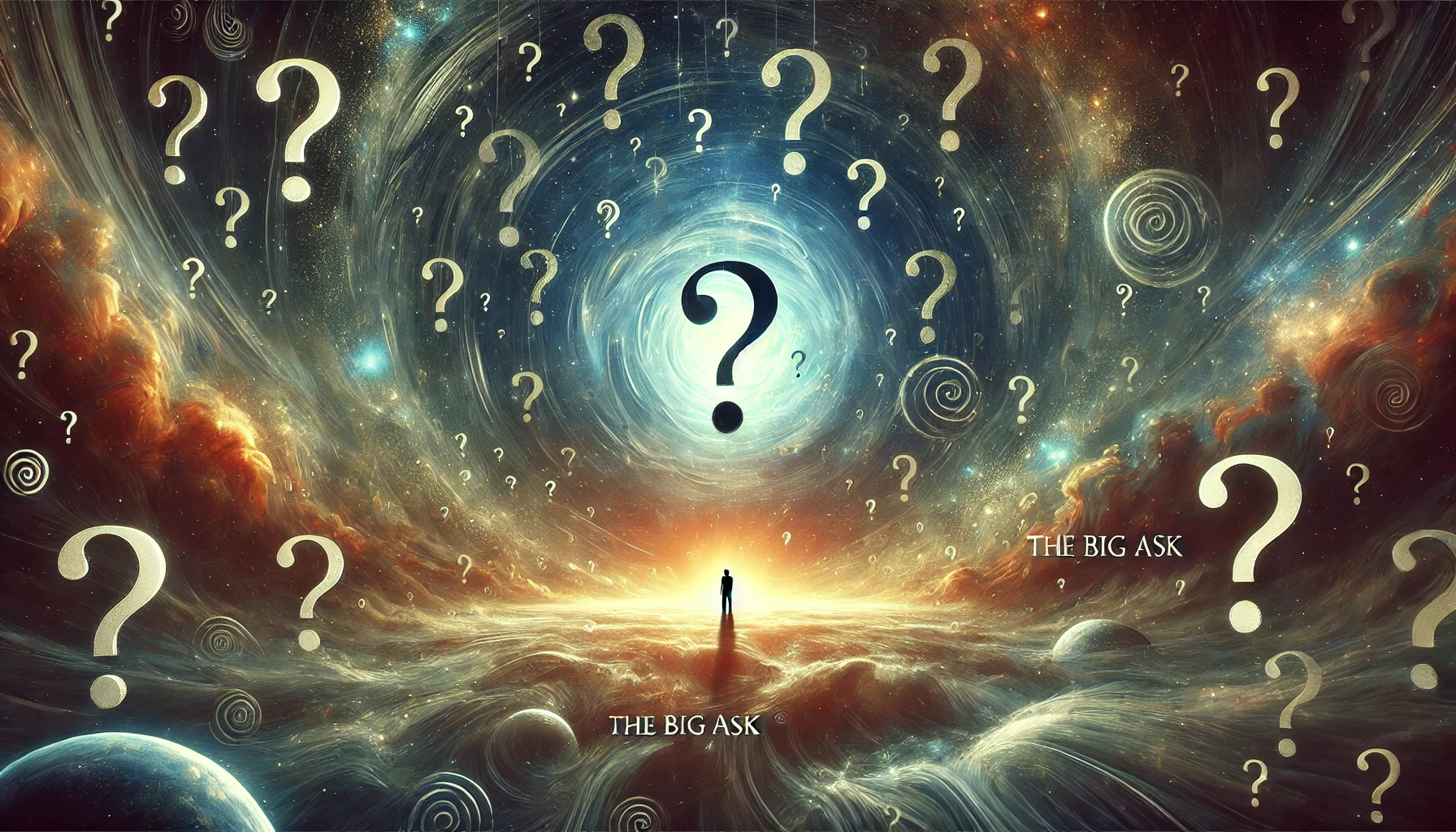



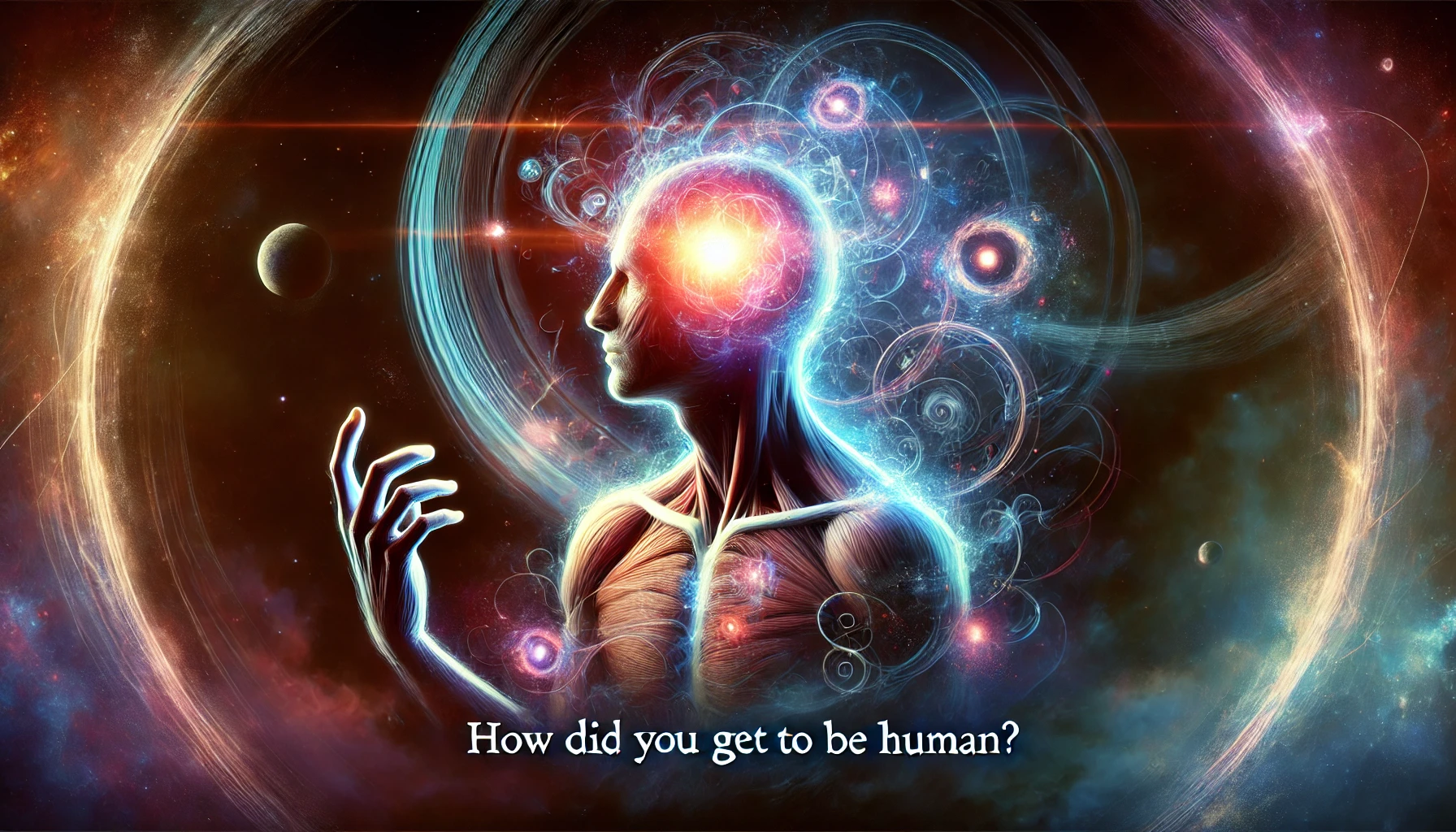







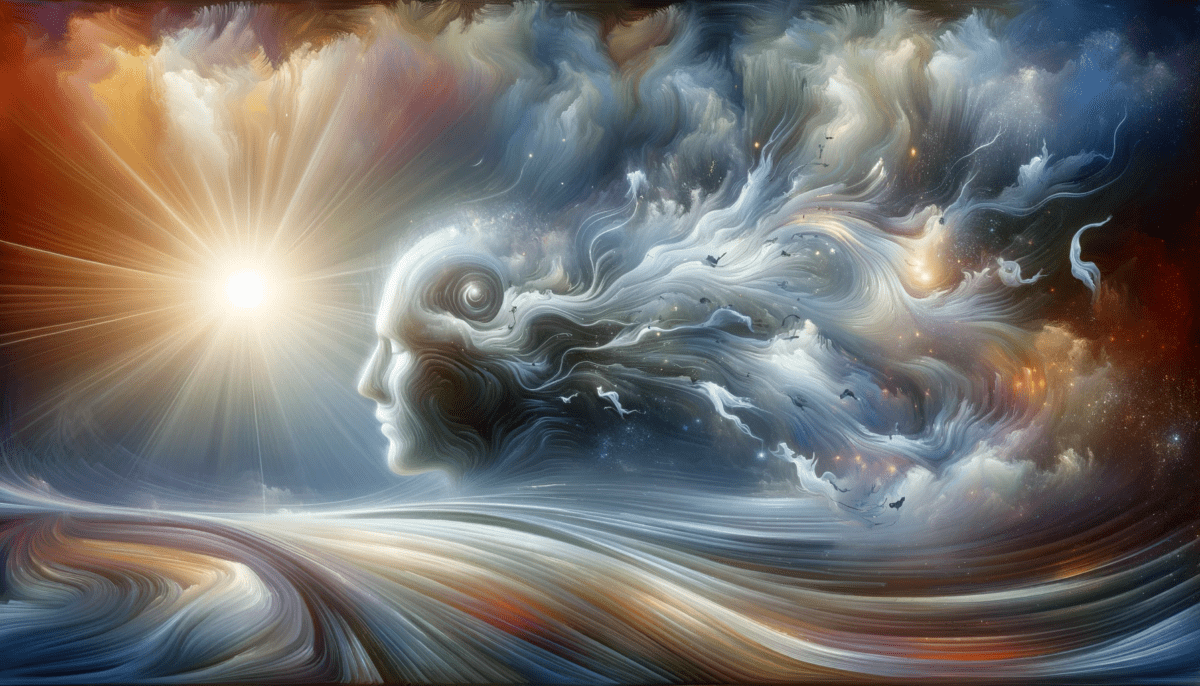




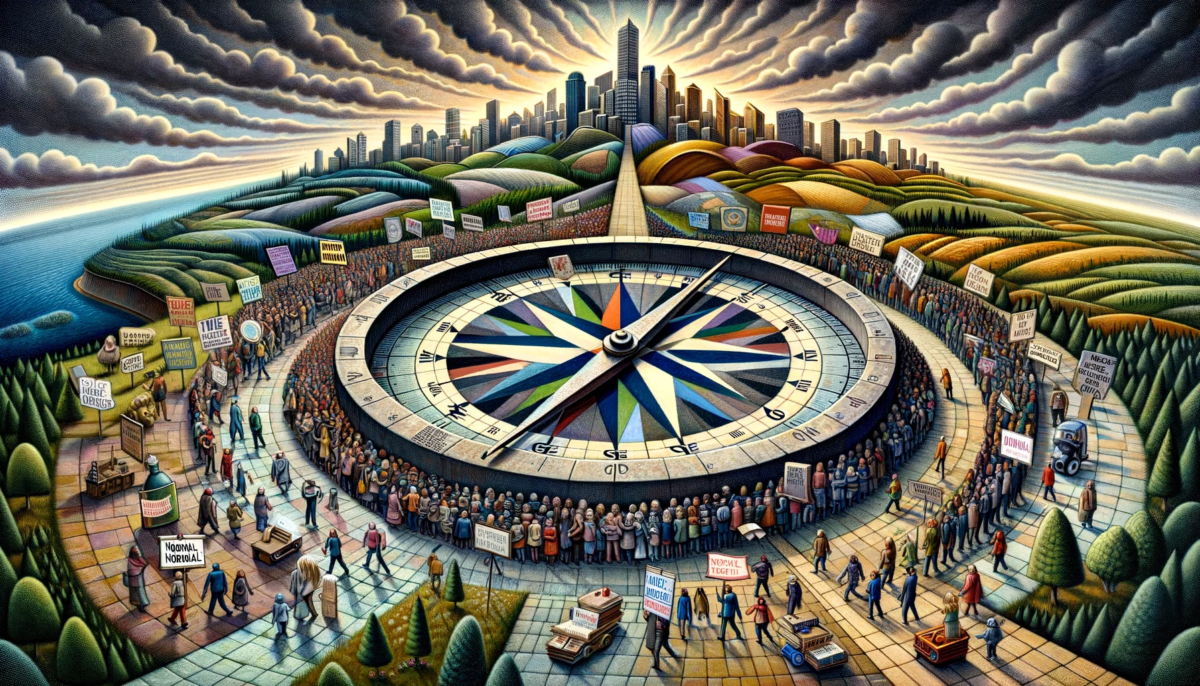



Leave a Reply